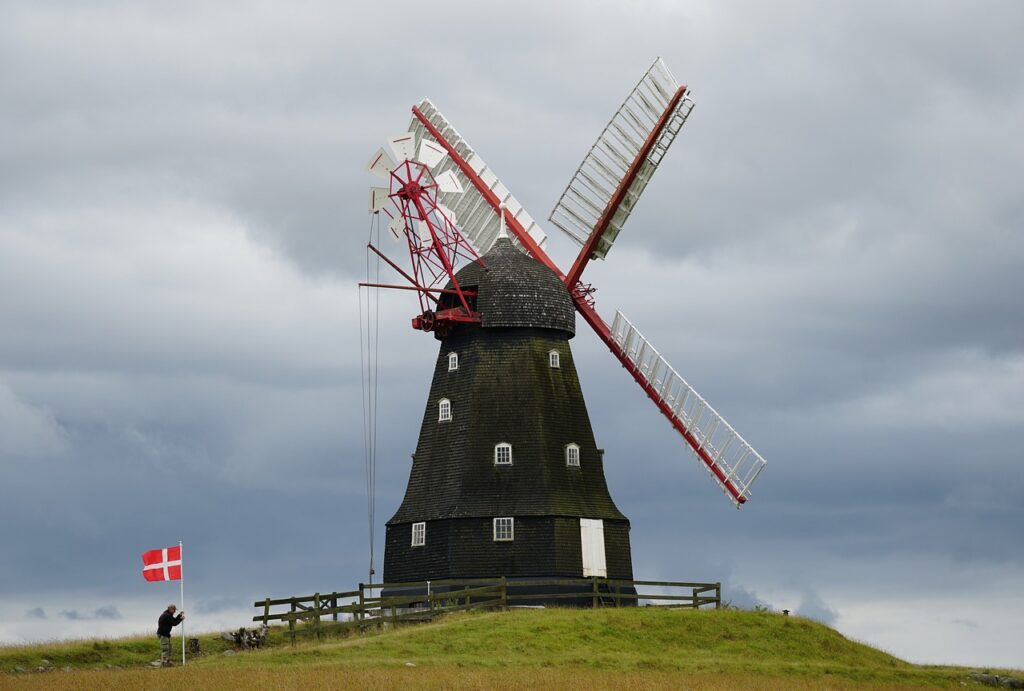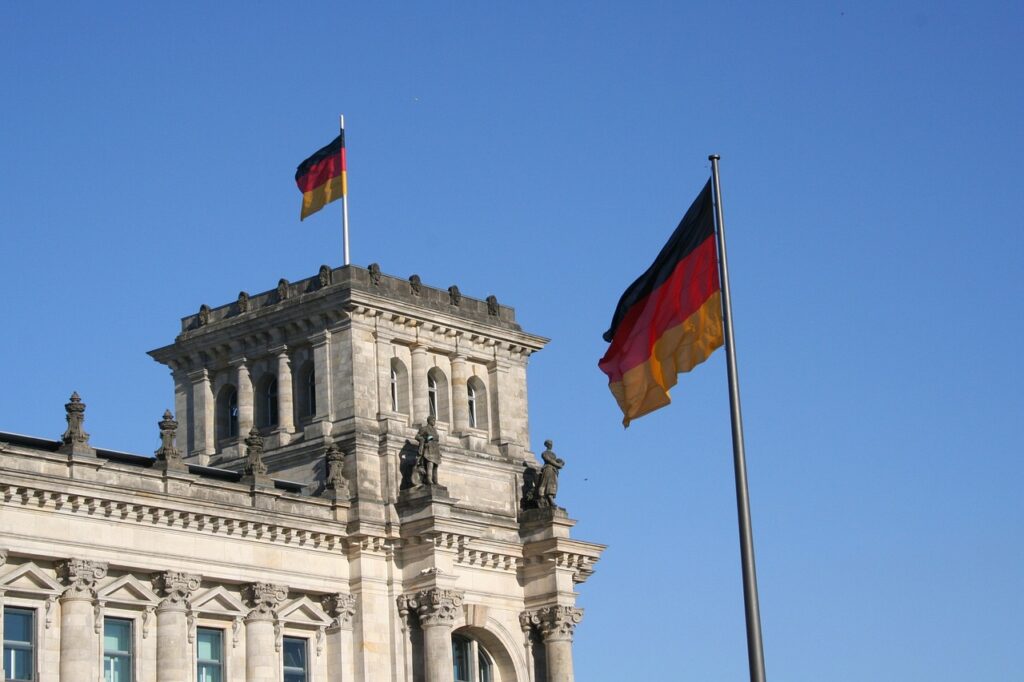Is Denmark in Germany? This seemingly straightforward question might elicit a few chuckles from those well-versed in geography, but it’s precisely because of its seemingly straightforward nature that it warrants exploration. You see, several readers have reached out to us with this very question. It’s a reminder that what might be common knowledge to some can be less obvious to others, particularly those residing outside the borders of Europe.
While the notion that Denmark is in Germany might provoke incredulous reactions from those familiar with European geography, we understand that the world is vast and diverse, and not everyone has had the opportunity to acquaint themselves intimately with the intricate outlines of nations on the map. In a world where information flows across borders, it’s natural for questions like “Is Denmark in Germany?” to arise. And so, in this article, we’re here to provide clarity, insight, and understanding.
Geographical Overview

Is Denmark in Germany? To address this question, we must first visualize the map of Europe. Denmark and Germany are neighboring countries, sharing a land border that extends along Germany’s northern frontier. This geographical proximity has occasionally led to confusion, especially for those observing the map from a distance. However, the truth is quite clear when examined closely.
Denmark is a distinct country located to the north of Germany. It occupies the northern part of the Jutland Peninsula and consists of over 400 islands, large and small, that dot the surrounding waters. Germany, on the other hand, is a larger country with its own defined borders, extending from Denmark’s southern border all the way to the heart of Europe. The two countries, though adjacent, maintain their separate sovereign identities with distinct political, cultural, and historical backgrounds.
Denmark’s Nordic and Scandinavian Identity

At this point, it’s essential to highlight how Denmark’s identity is intricately tied to the Nordic and Scandinavian region. Our travel blog, dedicated to uncovering the beauty of Scandinavia and the Nordic Countries, underscores the importance of recognizing this distinction. The question “Is Denmark in Germany?” becomes even more relevant when we consider Denmark’s affiliation with these distinct northern European groups, setting it apart from its neighbor to the south.
Denmark is undeniably part of both the Nordic and Scandinavian countries. The Nordic region comprises Denmark, Sweden, Norway, Finland, and Iceland – nations that share not only geographical proximity but also cultural and historical ties. The term “Scandinavia” refers specifically to Denmark, Sweden, and Norway, countries that are situated on the Scandinavian Peninsula. These designations emphasize Denmark’s inclusion in a group of nations with shared linguistic, cultural, and social characteristics.
In contrast, Germany is not a member of either the Nordic or Scandinavian countries. Geographically located to the south of Denmark, Germany is part of Central Europe. Thus, it possesses its own unique cultural and historical narrative that distinguishes it from the nations of the north. Therefore, as we embark on journeys through the enchanting landscapes and captivating cultures of Scandinavia and the Nordic Countries, it’s essential to recognize how Denmark’s place within these regions reinforces its distinct identity – and makes it abundantly clear that Denmark is not in Germany.
Is Denmark in Germany? Addressing Common Misconceptions

The shared border between Denmark and Germany, while undeniably real, doesn’t imply a fusion of their territories. It’s essential to acknowledge that proximity doesn’t equate to unity. The common misconception can arise from a surface-level observation of the map. There, the narrow land border between the two countries might lead some to assume a deeper connection. However, as we’ve explored earlier, Denmark’s historical, political, and cultural independence remains steadfast. While its border with Germany may be shared, the two nations retain their unique identities and autonomous governance.
When we examine the question “Is Denmark in Germany?” from a historical perspective, it becomes evident that the distinction between these countries is not merely a recent development. History’s pages unveil a tapestry of events that have forged Denmark and Germany into separate entities. The Vikings, a prominent historical legacy of the Scandinavian region, left an indelible imprint on Denmark’s identity, setting it apart from the intricate narrative that defines German history. These layers of history remind us that nations result from the culmination of countless stories interwoven across time, underscoring Denmark’s distinct story from that of its southern neighbor.
As we uncover the layers of misconception, let’s celebrate the beauty of seeking truth and understanding. While the allure of simple answers is undeniable, the journey of inquiry allows us to transcend superficial perceptions and truly appreciate the richness and complexity of the world’s nations. So, the next time the question “Is Denmark in Germany?” arises, we can confidently embrace the knowledge that these are two distinct countries with their own histories, cultures, and identities.
